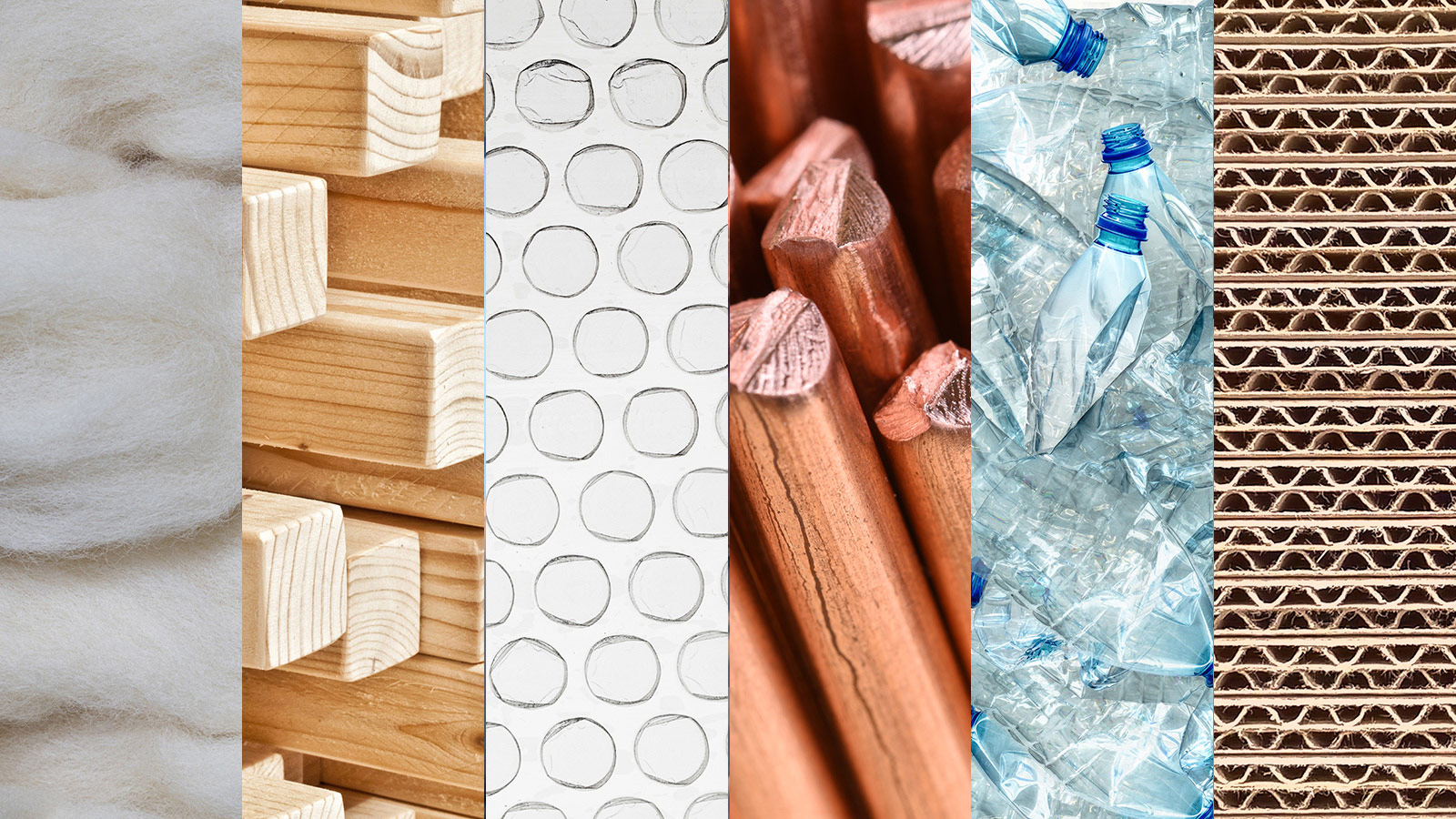Due to rising prices and shortages, more and more organizations need a grip on resource and materials. A good and logical development towards a circular economy. But what are the benefits?
How raw materials and materials have been used until nowEvery company needs capital flows for its operations. People, energy, intellectual capital and also natural capital. These raw materials and materials are used for making products and for a smooth business process. After products are sold and used, they are generally discarded, or offered for recycling. So far, nothing new.
Keeping a grip on resources
Because a company gives materials to the recycling industry after use and has to buy new raw materials back from the market, often at a higher price, the consideration of keeping raw material streams under own management becomes legitimate. Especially now, as prices for materials in the Netherlands are rising due to raw material shortages and tensions in Europe.
How does this work in practice?
More and more companies are choosing to remain the owners of their raw materials as producers. For example, soft drink producers who have difficulty obtaining sufficient recycled plastic provide their own collection systems for their PET bottles. Car manufacturers keep their battery packs under their own management. Network operators keep a grip on metals, including the copper in their pipeline network. Or electronics manufacturers, partly due to the scarcity of raw materials, increasingly offer products 'as a service'.
What are the benefits?
Companies do this for a reason. Being in control of one's own resources has a number of advantages.
- Less sensitive to price fluctuations
When you keep a stream of resources or materials under your own management, your organization is less affected by price fluctuations in the market. For example, rare metals for chips and solar panels, among others, are becoming increasingly scarce. This drives up the price. The same applies to steel and wood. By keeping these materials in-house, an organization does not have to buy them back from the market. And is thus cheaper. - Security of supply is increasing
Due to the increasing scarcity of resources and materials, it is becoming more difficult for companies to obtain sufficient materials on time. Delivery times are rising in various sectors, causing production to slow down. By setting up its own supply chain for materials, an organization remains less vulnerable to these kinds of supply problems. - More control on raw materials
When an organization gains more insight into which flows of materials and resources circulate within the company, it also gains a better grip on raw materials. After all, the journey that materials make is transparent and traceable, as is the return journey of used raw materials, with the supply chain and processing being arranged in an ecologically neutral way. - More grip on quality
By retaining responsibility and control over resources and raw materials, you as an organization also have a better grip on the quality. As an entrepreneur, you know exactly the state of your materials. And even stronger, by taking back products after use, you also better protect their intellectual property. - Chains become shorter and more manageable
When you keep resources and raw materials under your own control, as a company you shorten the production chain. After all, materials no longer go all the way through the processing or recycling process and therefore no longer pass through the many links in the chain. A short chain is more manageable and often cheaper. - Rising on the circular R-ladder
Keeping resources and raw materials in-house helps you climb the circular ladder. The recycling process is the second lowest rung on the circular ladder. By taking back and refurbishing or immediately reusing, you make circular steps, up to two on the R ladder. And you are therefore more sustainable.
Grip on raw materials with Milgro
Milgro sees opportunities for companies to use their resources sustainably and supports organizations in integrating natural capital management into their business operations. We offer our clients the data technology, the right methodology and a proven approach to get a grip on materials and resources flows. This can include closing chains and keeping raw material flows under own management. Want to know more about what Milgro can do for your organization? Make an appointment with one of our experts.
Stay informed?
We regularly publish articles and blogs about the circular economy and sustainable waste and resource management. Want to stay informed? Follow us on LinkedIn.










